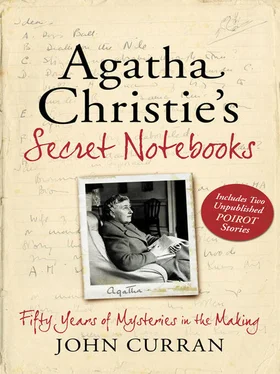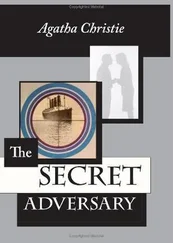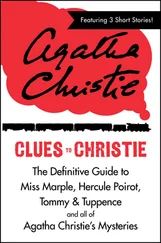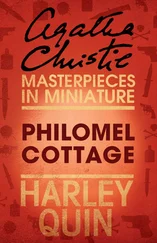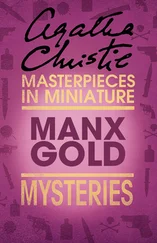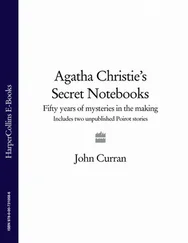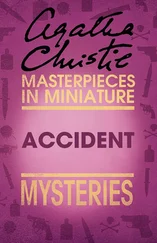The nursery rhyme is quoted in full in Notebook 35, heralding 75 pages of notes:
5 Little Pigs
One Little Piggy went to Market (Market Basing)
1 little “ stayed at home
1 little “ had roast beef
1 little “ had none
1 little “ wa-wa-wee-wee
But it was a long and frustrating process before she arrived at the masterly plot. It is not until 60 pages into the plotting that the plot she eventually used took serious shape. Before that, she had considered a different murder method, a different murderer and different suspects; in fact, a different story altogether.
Her ‘five little pigs’ are successful businessman Philip Blake and his stay-at-home brother Meredith, both childhood friends of the victim, artist Amyas Crale; Elsa Greer, Amyas’s model and mistress; Angela Warren, sister of the convicted Caroline; and Miss Williams, Angela’s governess. At the start of the notes we can clearly see the forerunners of these five main characters, although, as yet, Christie had not decided on the victim, let alone the villain:
Girl—(New Zealand) learns her mother has been tried and condemned for murder—possibly convicted to penal s[ervitude]—for life and then died
Great shock—she is an heiress uncle having left her all his money—gets engaged—tells man her real name and facts—sees look in his eye—decides then and there to do something about it—her mother not guilty—comes to H.P.
The past—18 years ago? 1920-24
If not guilty who was?
4 (or 5) other people in house (a little like Bordens?)
Did mother murder
A. Husband
B. Lover
C. Rich uncle or guardian
D. Another woman (jealousy)
Who were the other people—Possibilities
Servant—Irish girl rather dumb—Ellen
Housekeeper—woman—reserved—practical—another Carlo
Girl—15 at time (now 30 odd) (a Judy?)
Man—English gentleman—fond of gardening etc.
Woman—Actress?
Miscellaneous
Of the numerous references to nursery rhymes scattered through the Notebooks, sometimes the idea went no further than brief jottings, and in a number of cases it would seem that the rhyme defeated even Christie’s fertile imagination. In Notebook 31 we find the following list:
1948 Short story for Nash’s [Magazine]
A. Hickory Dickory Dock
Complex about the word Dock—a terror story—danger—girl in job—finds out something—(the people who wanted to pull the hall down) starts in hotel—rich people—crooks
B. Little Boy Blue
Where are you going to my pretty maid?
C. This is the way the gentlemen ride
Little Brown Jug—(My wife likes coffee and I like tea she says she’s very fond of me)
D. Ding Dong Dell
E. Pussy Cat, Pussy Cat where have you been?
F. Town Mouse Country Mouse
G. Lucy Locket
This is one of the few examples of a dated page. Unfortunately, it is only a year, giving no indication of when during the year it was written. It is likely that Christie rattled off the list of nursery rhymes with quick, jotted and somewhat cryptic notes attached, intending to work on them later. The reference to ‘Nash’s’ is something of a mystery: Christie published nothing in Nash’s later than 1933, when they published the final six Parker Pyne stories. She was obviously working on the idea of a theme based around nursery rhymes but, as we will see, the idea, for the most part, came to nothing. Perhaps she, or Nash’s, changed their minds and she subsequently abandoned the idea.
The only rhymes to appear at all, and in very different guises at that, were the first two. ‘Hickory Dickory Dock’, as it appears above, seems to have little, if any, connection with the rhyme. A ‘complex’ is an intriguing idea but apart from Helen in Sleeping Murder and her terrifying association of ideas at the performance of The Duchess of Malfi, there are no examples of ‘complexes’ in Christie. The Hickory Dickory Dock that we know is much different to the speculations above. Perhaps the last six words (‘starts in hotel—rich people—crooks’) foreshadow At Bertram’s Hotel.
‘Little Boy Blue’ eventually appeared, although in much altered form and very briefly, in Taken at the Flood. Adela, the mystic of the Cloade family, receives the message ‘Little Boy Blue’ from her medium. She interprets this as a sign that Robert Underhay is still alive. This convoluted logic is due to the last line of the rhyme—‘under the haycock fast asleep’. Poirot wonders, not surprisingly, why the medium could not have conveyed this directly.
Despite the fact that ‘Ding Dong Dell’ appears in Notebook 18 and again in Notebook 35 with the added note (see below), it was never used. And, apart from a brief reference to ‘Pussy-cat, Pussy-cat, where have you been’ in the final page of An Autobiography, none of the rest appear either.
Three further references to nursery rhymes are scattered through the Notebooks:
One, two, 3—4—5 Catching fishes all alive
Ding Dong Dell—Pussy’s in the Well—? An old maid murdered
Old King Cole?
Although at first glance it seems that none of these were ever used, a closer look at the last one reveals that its last line provided the title for the last play Christie wrote— Fiddlers Three. The complicated genesis of this final theatre offering is discussed in Chapter 9.
The early notes are a relatively accurate plan of what was to follow, but there are minor differences. Carla Lemarchant (‘the Girl’) is a Canadian rather than a New Zealander; and of the five sketches for possible characters one of them, ‘the dumb Irish servant girl Ellen’, is completely dropped. The ‘Girl’ and the ‘Man’ eventually became Angela and Meredith respectively; the ‘housekeeper’ is the prototype for Miss Williams and the ‘woman’ becomes Elsa Greer—although not a professional actress, she is in many ways the consummate performer.
There are three references that may require explanation. The reference to ‘Bordens’ is to the infamous Lizzie Borden murder case in Fall River, Massachusetts in August 1892 when Mr and Mrs Borden were hacked to death in the family home while their daughter Lizzie and the Irish maid Bridget were in the house. Although Lizzie was tried for the brutal murders, she was acquitted and no one was ever convicted. To this day her guilt or innocence is still a matter of debate and argument. ‘Carlo’ is Carlo Fisher, Agatha Christie’s personal secretary and, ultimately, friend. She first came to her in 1924 and stayed for the rest of her working life. ‘Judy’ is in all probability Judith Gardner, the daughter of Agatha’s friend Nan Gardner (née Kon).
We can immediately see a major problem with the set-up laid out above. There are four female characters and only one male. As the last three are obviously Angela, Meredith and Elsa respectively, the first two names are the ones to go. Subsequent attempts bring her closer to the final arrangement:
The 5 people
Miss Williams elderly Caro—devoted to Caroline
Mrs Sargent—Caro’s elder half-sister—married money—etc.
Lucy—husband’s sister—violently anti-Caro
A. (Idea)—Caro has injured a sister or brother when a child owing to her ungovernable temper—she believes this s[ister] or b[rother] did crime—therefore feels that she is expiating and gains content
Is s[ister] or b[rother] No 5—Wee-Wee
And eventually she arrives at the five suspects in the novel itself. The following brief notes reflect accurately, apart from a name change of Carslake to Blake, the ‘five little pigs‘ and their inter-relationships:
Читать дальше
Конец ознакомительного отрывка
Купить книгу
